Driving In Costa Rica – Complete Guide
This post may contain affiliate links.
Everything you need to know about driving in Costa Rica- with special considerations for families with children.
Should you drive in Costa Rica? My answer is yes- but you need to know some important information before you dive in.
In this post, I’ll tell you everything I know about driving in Costa Rica- based on 20 years of experience traveling around the country in rental cars, shuttles and on buses- with kids, with students, alone, and with my husband.
Looking for a rental car discount? Make sure to click here for 10-20% off your next car rental in Costa Rica.
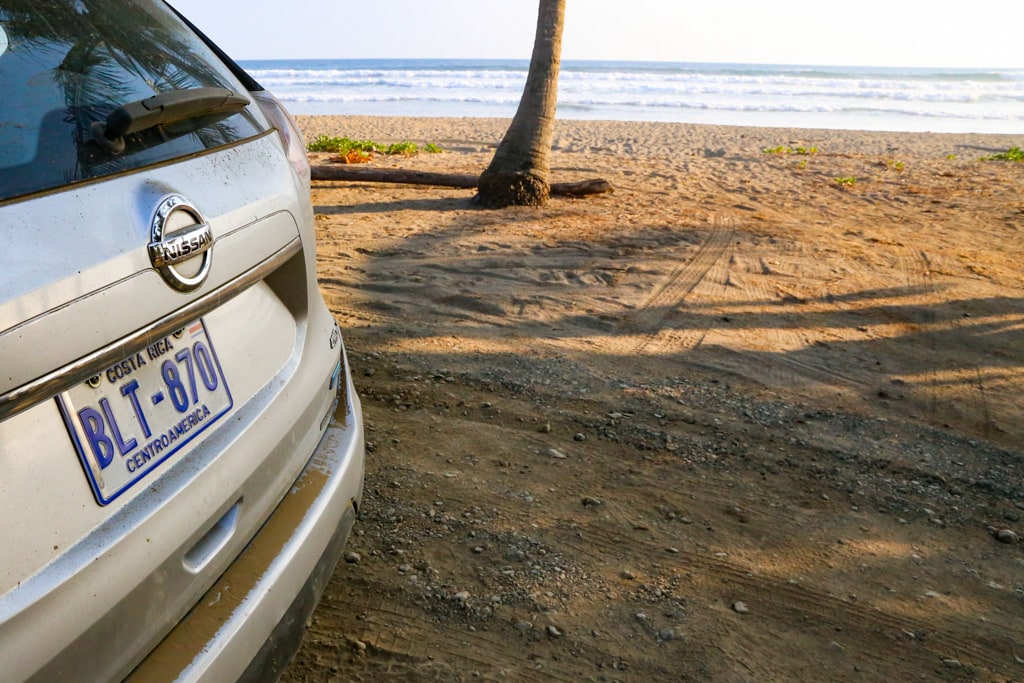
Advantages of Driving In Costa Rica
I generally highly recommend renting a car in Costa Rica and driving to where you need to go. When we rent a car in Costa Rica we work with Adobe Rental Car and use our 10-20% discount code, which is available to you as well. Here are the advantages of driving yourself around Costa Rica.
- Flexibility– if you need to change your route, want to stop for a photo, or just want to slow down a bit, having your own car in Costa Rica is a huge advantage.
- Families with kids- it’s easier to break up the trip for bathroom, meal, and stretch breaks.
- Side trips– It’s also easier to take side trips or day trips to fun places. For example, on the way to La Fortuna from the airport, you can stop in Sarchi or Bajos del Toro for a few hours. The distance is relatively short, but a taxi or shuttle bus would charge you extra for the side trip, and bus transfers would take a long time.
- Save time– If you choose to ride a bus around Costa Rica you can literally get almost anywhere. The question is- how long will it take? If you are in-country for a short amount of time and want to travel to many places, you’ll spend a lot more time on the bus than sightseeing.
- Cost– unless you are going very short distances or staying in the same place most of the time, taking a taxi or Uber can get expensive quite quickly. For example- on my most recent trip to Costa Rica I needed to go from the airport to San Ramon and back. (I had other places to go on the trip but assumed I could go on foot or in a taxi). The airport taxi was approximately $50 each way. I was staying in the country for a week, and so once I added up taxis from place to place in town, it was about the same cost as renting a small car ($200.)
Disadvantages of Driving in Costa Rica
When driving in Costa Rica, you need to be prepared for literally anything. The cost of a rental car can be high if you aren’t careful, and gas prices can be high. You definitely need to weigh the cost and benefit of renting a car, but as I said, I find it to be well worth the price.
- Cost- while slow, using public transportation is extremely cheap. For example, from the airport to downtown San Jose, a bus ticket will cost you less than $3. A taxi could cost you $25, and a rental car is between $25-$40 a day.
- Unexpected travel delays– depending on weather and political climate you can have some big-time travel delays in Costa Rica. A shuttle driver will know alternate routes to get you where you want to go without you having to stress.
- Weather– In the high altitudes, there is a ton of fog and visibility can be little to zero. Rain, mudslides and sinkholes are also factors in the rainy season.
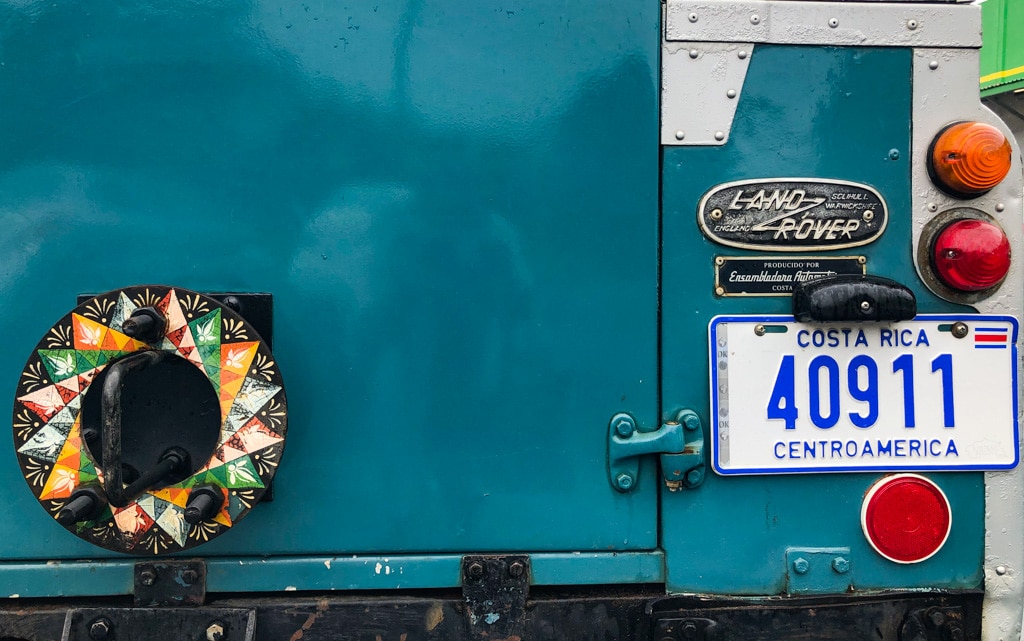
Navigating Costa Rica- Choosing Your Route
Getting around Costa Rica can be a trip! Most cities and towns in Costa Rica do not have traditional street names, house numbers, or zip codes. The addresses are given relative to a larger landmark. For example, when I sent mail to my husband’s house while we were dating, the address was something like this:
25 north, 50 west and 100 meters sur of the elementary school, San Ramon, Alajuela, Costa Rica
So you can imagine what it’s like for any map service (like Google Maps) to try to take all those kinds of addresses and put them into a map that tourists can follow. (It’s impossible.)
However, the navigation problem is a country-wide problem- ticos face confusion when trying to go to new places, as do tourists. In that sense, everyone is in it together. If you speak Spanish and want to get a great glimpse into the Costa Rican address and navigation culture, I highly recommend this podcast episode from NPR’s Radio Ambulante.
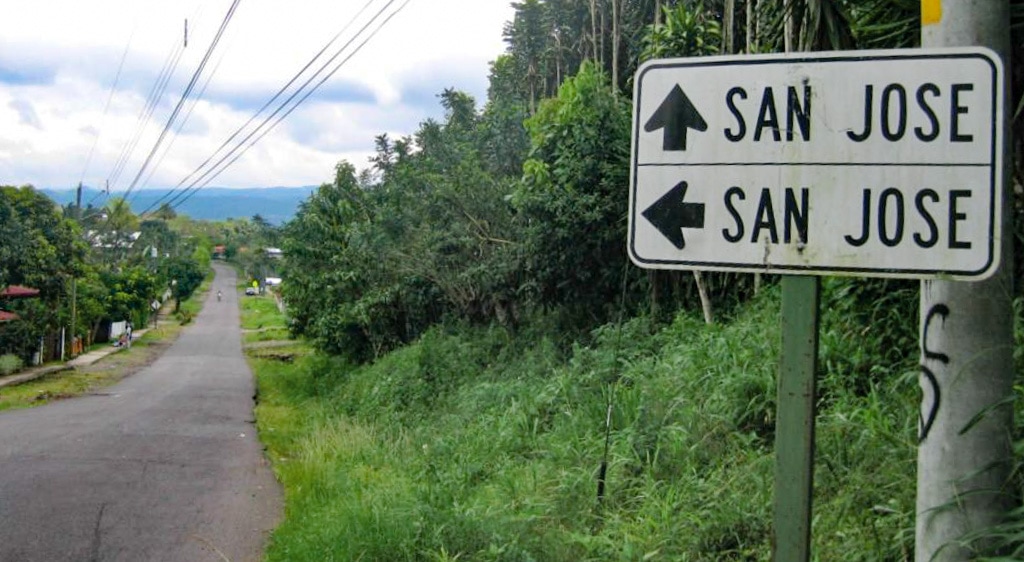
Many places people go are also very well known, towns are small, and you sort of can’t get too lost as long as you keep a few tools in your toolbox.:
Traditional map of Costa Rica
Just spend the $12 and get a map. If your phone goes off signal, if your GPS doesn’t work, or if you need a point of reference when a local is explaining directions to you, a map is a universal language.
I love this map because the map writers make sure it is updated constantly and they really know their stuff.
Waze App
Waze is available on both Android and iOS, and it’s a free app. The app creates user-generated content by tracking routes people use from point A to point B and then using them as options within the destination search once they are verified.
Users on the app also can report traffic jams, accidents, and speed traps, which Waze then adds in real-time to others on the route. It’s great because Costa Ricans use it like crazy, so it’s generally very up-to-date.
This also means that if a road is dangerous or could be problematic because of floods, landslides, mudslides, etc., Waze will tell you so that you can go an alternate route.
Also- you can download your route on wifi and then turn off your data and the map will still track your route. This saves a ton of data and money.
RELATED POST: How To Use Your Cell Phone In Costa Rica
Google Maps
I cross reference Google Maps with Waze and vice versa. Sometimes Waze gets silly and only wants to give you the most popular route and not the route you might want to go for scenic purposes.
Google Maps is also great for planning if you want to have multiple stops or to plan driving times outside of real-time (like before your trip).
Google Maps is not always up to date and will send you the most efficient route regardless of safety or road type. So it’s good to cross-reference with Waze and the traditional map.
Costa Rican GPS
You can invest in an actual GPS system- I’ve never done it because I use Waze offline and a traditional map and that works for me. Some rental car companies offer GPS for an additional charge but I really don’t think it’s necessary.
That’s because Costa Rica has its own GPS- and it’s a cultural one. Since the country is relatively small (5 million people) and towns are tiny, it’s really easy for locals to spot a tourist or an outsider.
And since ticos generally like to be helpful, it’s common for travelers to pull over and ask a local if they are on the right track. People will tell you exactly how to get there, or they’ll tell you they have no idea and you can ask someone else.
The Costa Rican GPS is helpful and easy, and it’s a great way to experience the local culture. I use it all the time.
Related post: Basic Spanish Phrases For Travel – Costa Rica
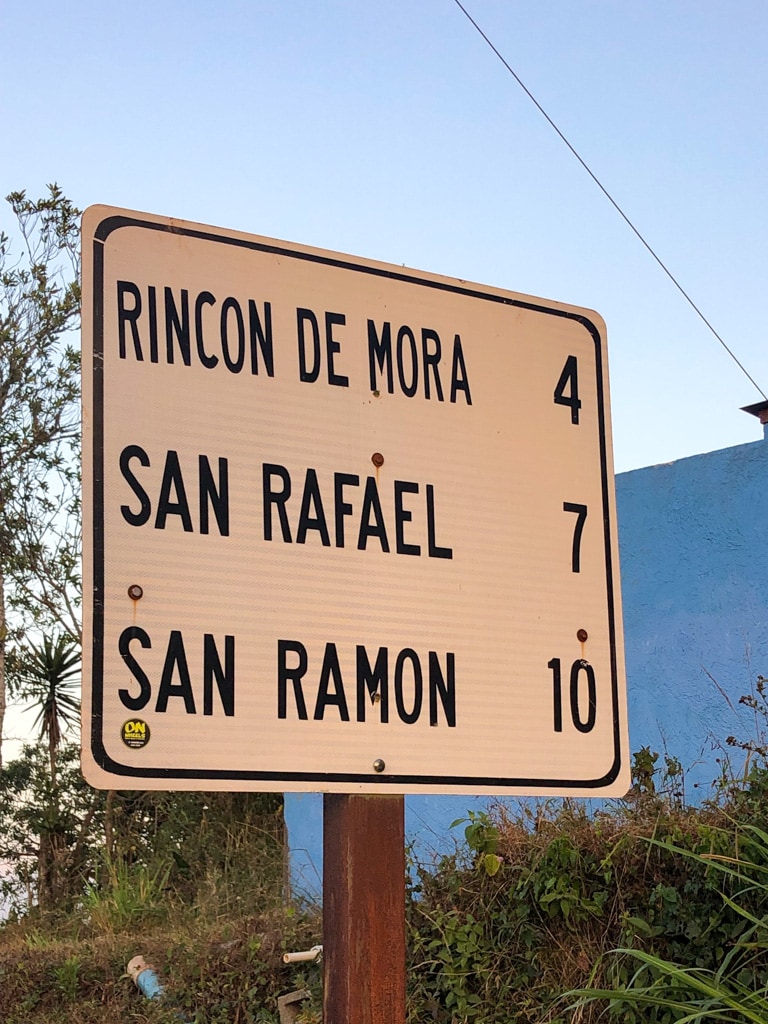
Calculating Distances In Costa Rica
Distances in Costa Rica are measured in kilometers, not miles, and everything seems to be relatively close together. Average speed limits are between 20 kph in school zones and can be as high as 80 kph on highways.
Do not be fooled! Between traffic congestions, busses frequently stopping, lots of pedestrians, bikers and motorcyclists, plus police checkpoints, tollbooths, accidents, street vendors, mudslides, washed-out bridges, traffic jams… well you get the idea. Trips can take a long time.
For example- we were recently driving from San Ramon to the Papagayo Peninsula to visit Playa Nacascolo. Just outside Liberia, there was a political protest, and we sat for 3 hours before the road was cleared.
Another example was driving from Flamingo in Guanacaste over to La Fortuna. Once we got into the mountains, there was construction. We sat for over an hour while the lane in the other direction was open while ours was closed.
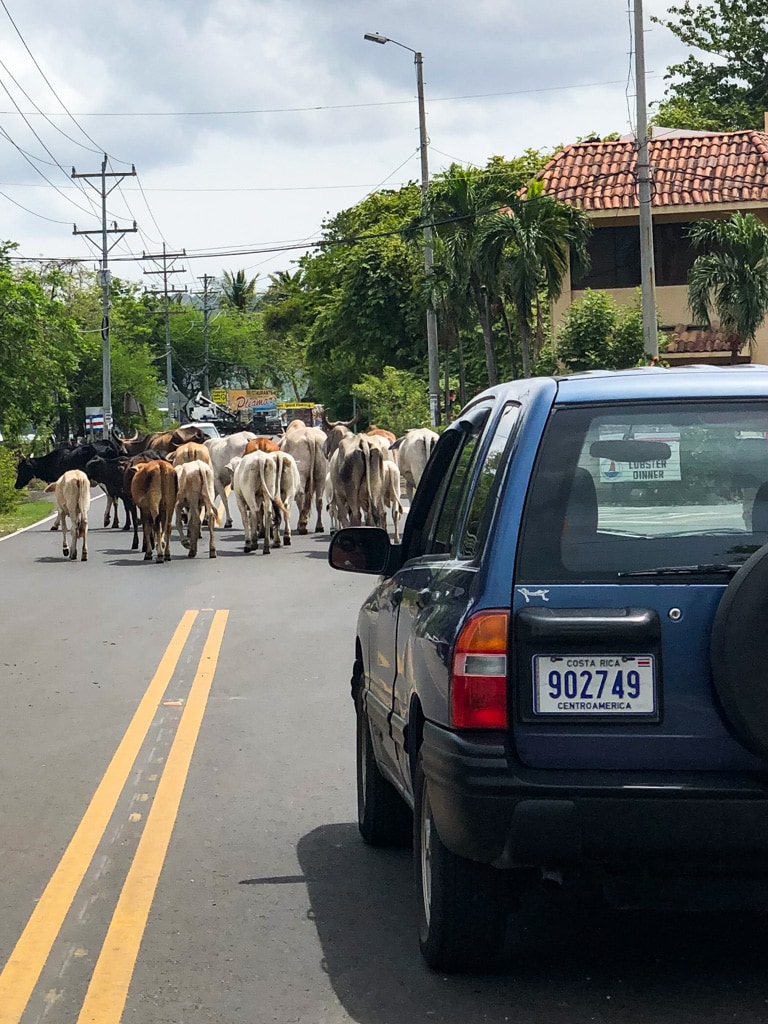
Finally, speeds are generally slower and you have to be careful of speed bumps. They aren’t always marked and they are HUGH. I have gone over more than one and had either damage to the car or given my passengers a heart attack when the car jumped up and back down.
You can literally never tell how long a road trip is going to take- and you can either stress out about it, or you can lean into tico culture and just add 2 extra hours to the driving time it says on Google Maps.
Waze does calculate times including the UGC- so if a wreck has been reported it will add that time to the overall trip. This is helpful in real-time, but not if you are planning your trip a month in advance. That’s why I cross-reference all routes with Waze and Google Maps.
If you want to run your routes by an expert to see if they are reasonable (especially if you are traveling with kids)- just let me know!
Traffic Laws and Consequences In Costa Rica
Costa Ricans drive on the right side of the road and generally obey the same traffic rules as in the United States. If you enter the country on a tourist visa, your national driver’s license is valid for the duration of your stay.
Road signs are generally white, and not always in logical places. You’ll want to make sure you are looking closely to see where you need to turn off- especially in the San Jose area. Kilometers are measured with a grain of salt- I have seen a mile marker sign and driven a half-hour down the road only to see the exact same sign again.
There are currently very steep fines for speeding, drunk driving, and texting while driving. Your rental car company will not get you out of the ticket, and bribing police officers in Costa Rica is not a great idea- they make a good living wage and pride themselves on integrity.
There are driving restrictions right now- especially due to the curfews and restrictions related to COVID. Ask your rental car company if you aren’t sure about when you can drive.
Price of Gasoline and Finding Gas Stations
Gas is relatively expensive in Costa Rica (when compared to the US), but prices are regulated nationally. That means no price gouging near the airport or in tourist areas.
Gasoline is measured in liters and is generally about a dollar a liter. this averages out to about $4 a gallon of gas. It’s expensive, and worth taking into consideration when you are calculating your rental car costs.
Gas stations generally take credit cards, and you will not pump your own gas. Make sure to turn on your car and check that the tank actually did get filled before you pay.
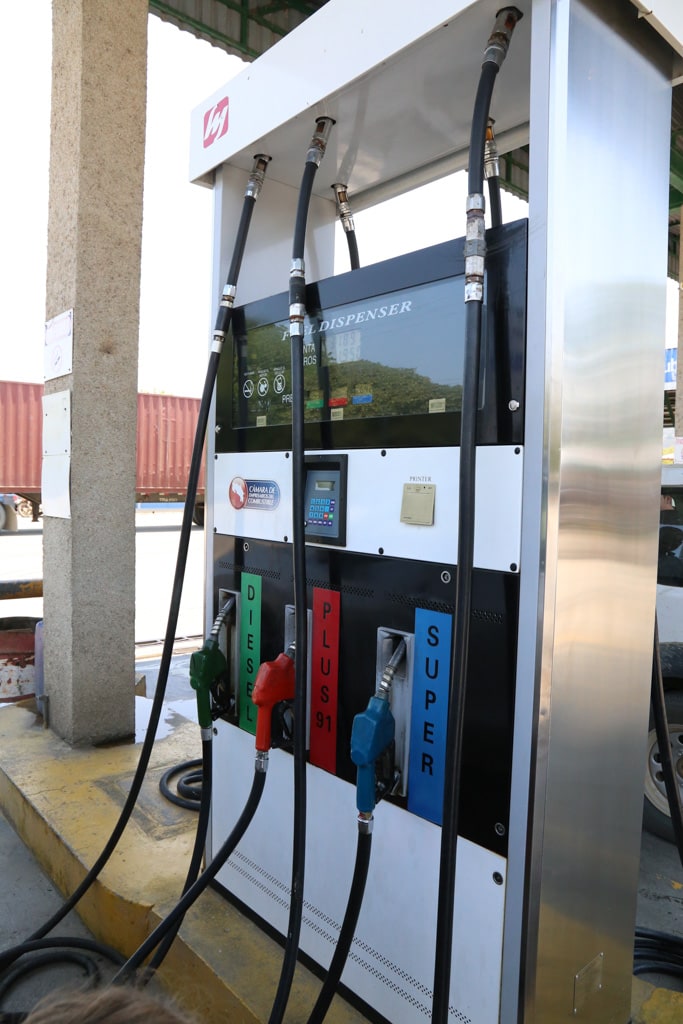
Parking in Costa Rica
Parking in Costa Rica can get a little bit crazy but is generally easy.
If you are in San José or another large city, your hotels, restaurants, and malls will generally have their own parking lot. In congested areas or in small towns, there is often street parking and you will walk a short distance to your destination. National parks (Manuel Antonio is the exception to this rule) generally have large parking lots.
Few beaches have free parking lots, and you will expect to pay. There is a strange phenomenon called the “Wachiman” in Costa Rica. These are locals dressed in a cheap construction vest. They stand near parking lots and watch your car in exchange for a small fee.
These men and women are generally harmless, but it’s a Catch-22. If you don’t pay them to watch your car they might not help if there is a break-in. But- if you do pay them, they might not help. I generally give them about $1 when I get back to my car.
Break-ins into cars are very common in Costa Rica, and rental cars are a huge target. Absolutely, positively do not give thieves any reason to want to get into your car while in Costa Rica.
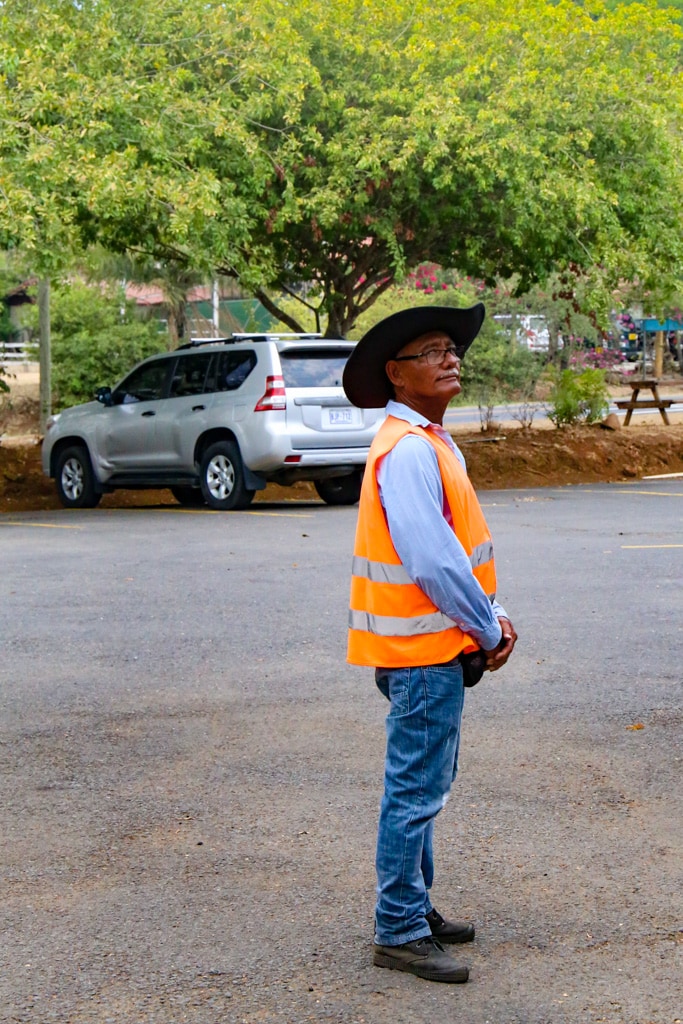
Road Conditions In Costa Rica
There are four types of road conditions in Costa Rica that you can expect. Here’s a quick breakdown. If you need a crash course on weather and seasons in Costa Rica, check out this guide: Costa Rica Weather.
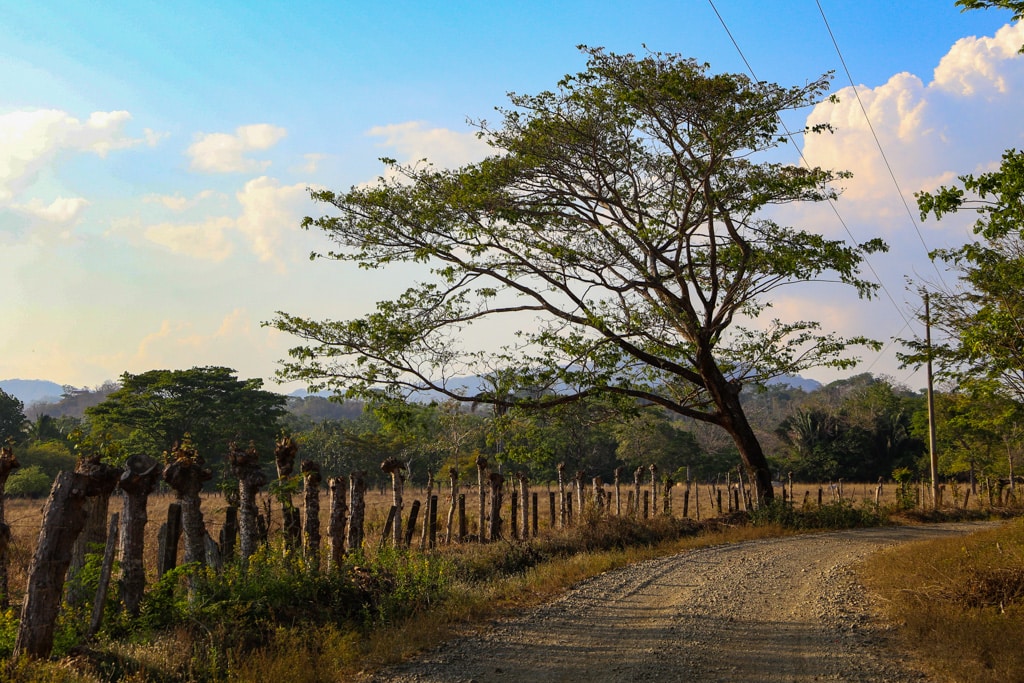
Dry Season
The dry season is probably the easiest season to drive because there are a lot fewer natural disasters. Dirt roads are generally dry and there are fewer accidents.
The dry season is also summer- tico schoolchildren are off of school from mid-November to mid-February. This means more local traffic on the roads to the beaches and more people on public buses.
River crossings are generally not too difficult during the dry season either.
The dry season also means construction season, so there can be roads closed or down to just one lane. It’s a good idea to check this on Waze before you go.
Rainy Season
Rainy season means wet roads, and that means slick roads, and that means accidents. When it rains really hard, you can find mudslides, flooding, and sinkholes.
Many people will simply pull off the road and wait for the rain to subside if visibility is really low. Due to the humidity, you’ll need to run an air conditioner on the windshield to keep the window from fogging up.
Mudslides, sinkholes, and floods can close roads completely- sometimes for days. River crossings in the rainy season can be very difficult or dangerous.
Major Roads
Paved roads and highways that serve as main arteries between large cities and smaller towns are generally easy to drive along in all types of weather.
You will find very narrow shoulders- if any shoulder at all, and many pedestrians on the road. It’s best to watch your speeds on two-lane roads. Roads can be curvy and steep as well, and there aren’t always guard rails.
You may encounter tolls in Costa Rica on significant highways. You must pay them, and they only accept cash. My best advice is to have about $10 in cash on you when you arrive at the airport. Buy something small to get change in colones and you should be set for the whole trip.
Off Roads/Back Roads
If you are venturing off the beaten path, you literally never know what you are going to get. You can get into huge mud holes, washed-out roads, and roads with no services for kilometers. It’s best to stick to paved roads unless you have checked with a local to find out exactly what you are in for.
Don’t get me wrong- I love to off the road and explore Costa Rica. We’ve been in some crazy situations, and I am more adventurous than most. But I’ve also seen some crazy stuff (like a car full of students flipping off of a bridge and landing upside down- thankfully no one was hurt) and just want you to be informed before you go.
Here’s an informal convo that might be helpful and is definitely entertaining. It’s with another Costa Rica friend about driving in Costa Rica.
Frequently Asked Questions
Is it safe to drive in Costa Rica?
Yes. You won’t find many problems unless you are really going off the beaten path.
How bad are the roads in Costa Rica?
It really depends on the season and how much construction there is. Over the years, roads in Costa Rica have gotten much better and I do highly recommend driving if you have the time and money.
Is it expensive to rent a car in Costa Rica?
Yes! Daily rates are high, and taxes and car insurance are costly and required by rental companies. It is worth deciding if you prefer to rent a car, rent a shuttle or private driver, or just take a local bus.
What is the best way to get around Costa Rica?
I say by rental car. However, local buses are very cheap and easy to use, but do take longer.
Is there Uber in Costa Rica?
Yes. Uber works in Costa Rica in the same way as it does in many places around the world. Costa Rican introduced a new tax structure for Uber, so expect to pay a high tariff on each ride.
Do I need a four-wheel drive in Costa Rica?
You do not. Do some research before you go, but unless you are going way off the beaten path or your hotel says you must have one, you most likely will not.
Don’t forget to pin it!
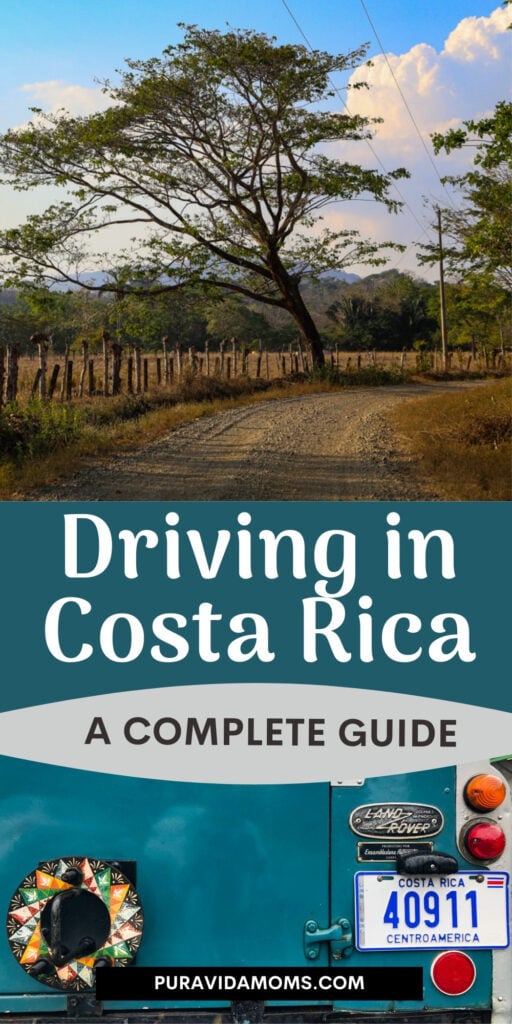

Christa Jimenez
Welcome! I’m Christa, a Spanish teacher married to a handsome Costa Rican and mother of two bilingual daughters. We’ve spent over 25 years living in and traveling to Costa Rica with our daughters, and this website is my love letter to all things Costa Rica- and to bilingual parenting too. You can read my full story here. Thanks for stopping by!



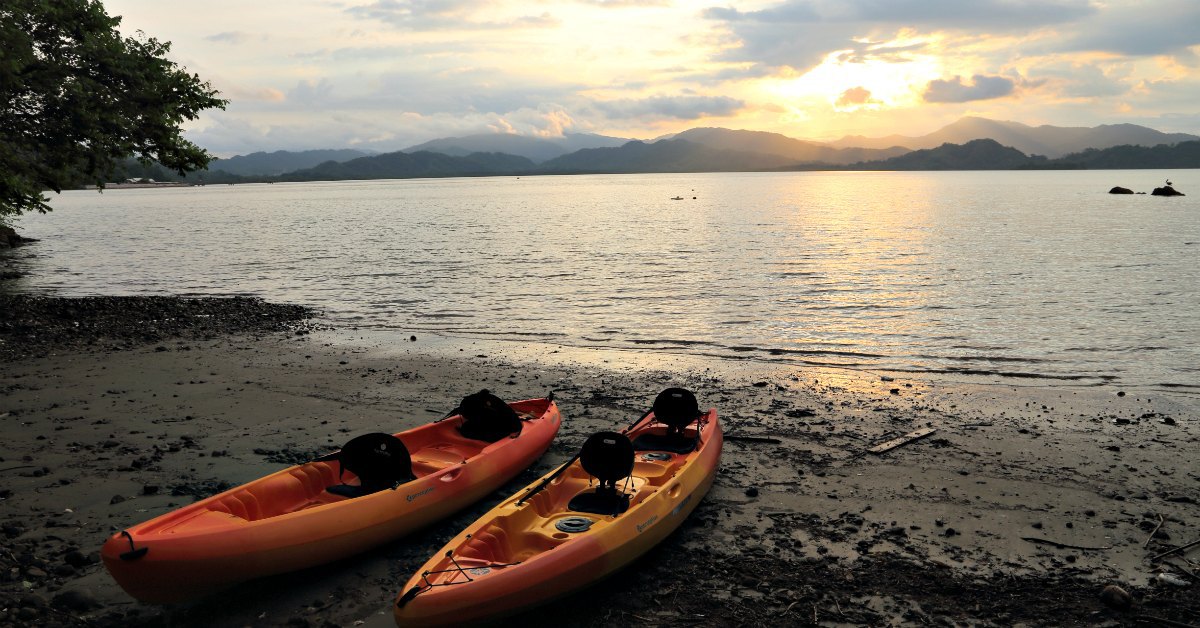

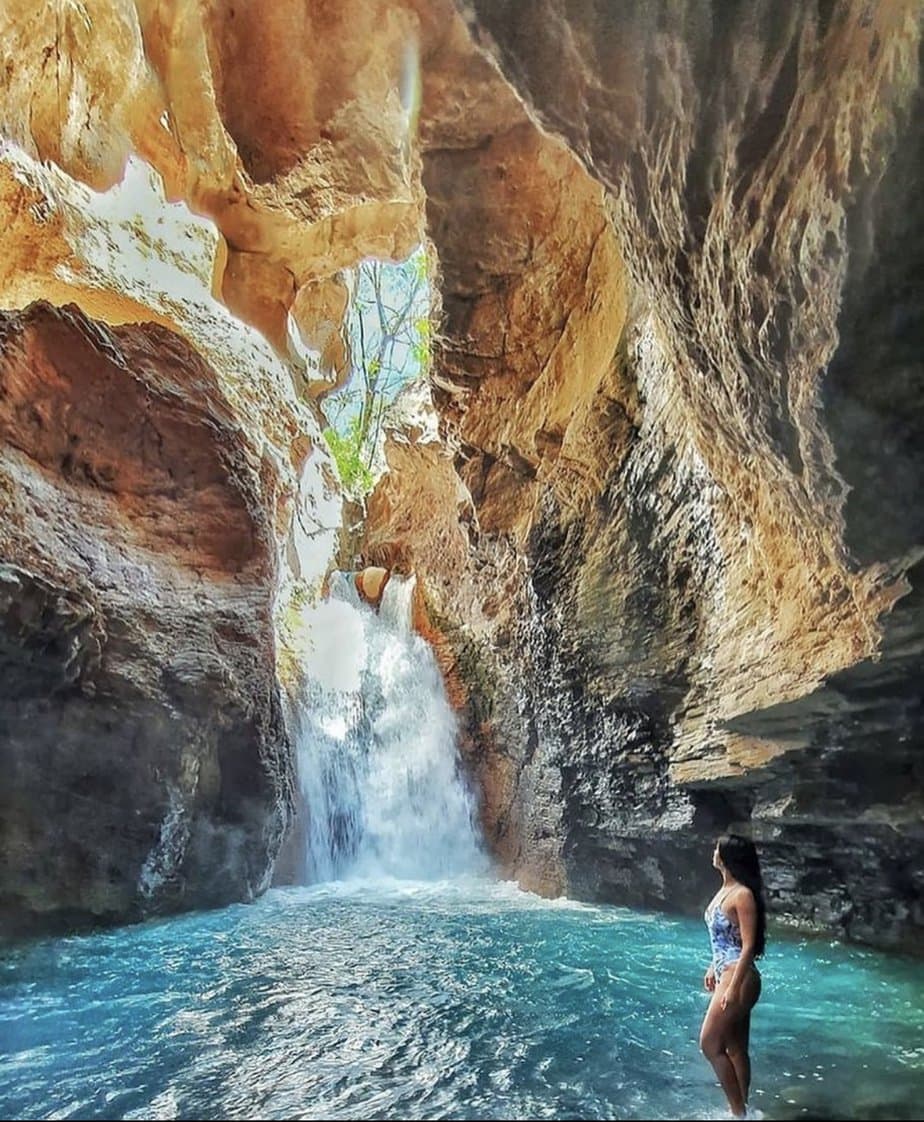
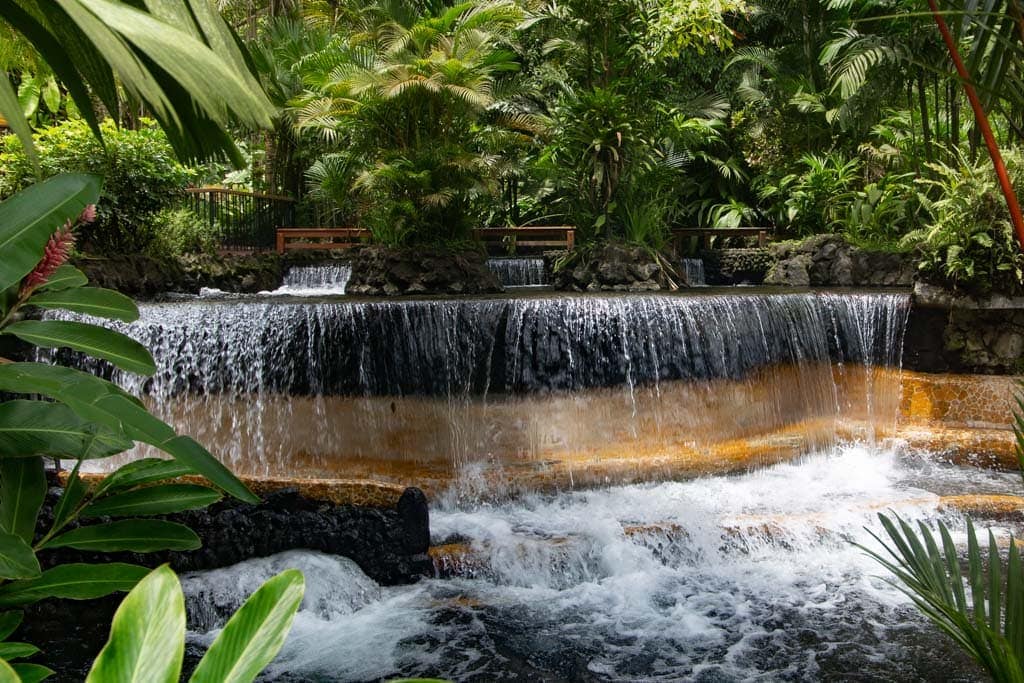
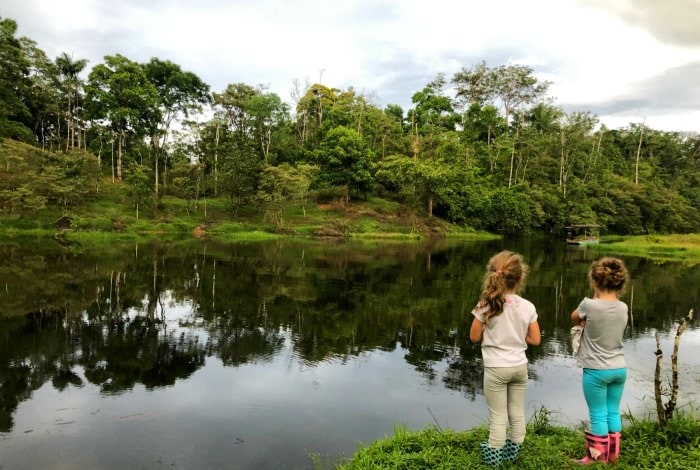
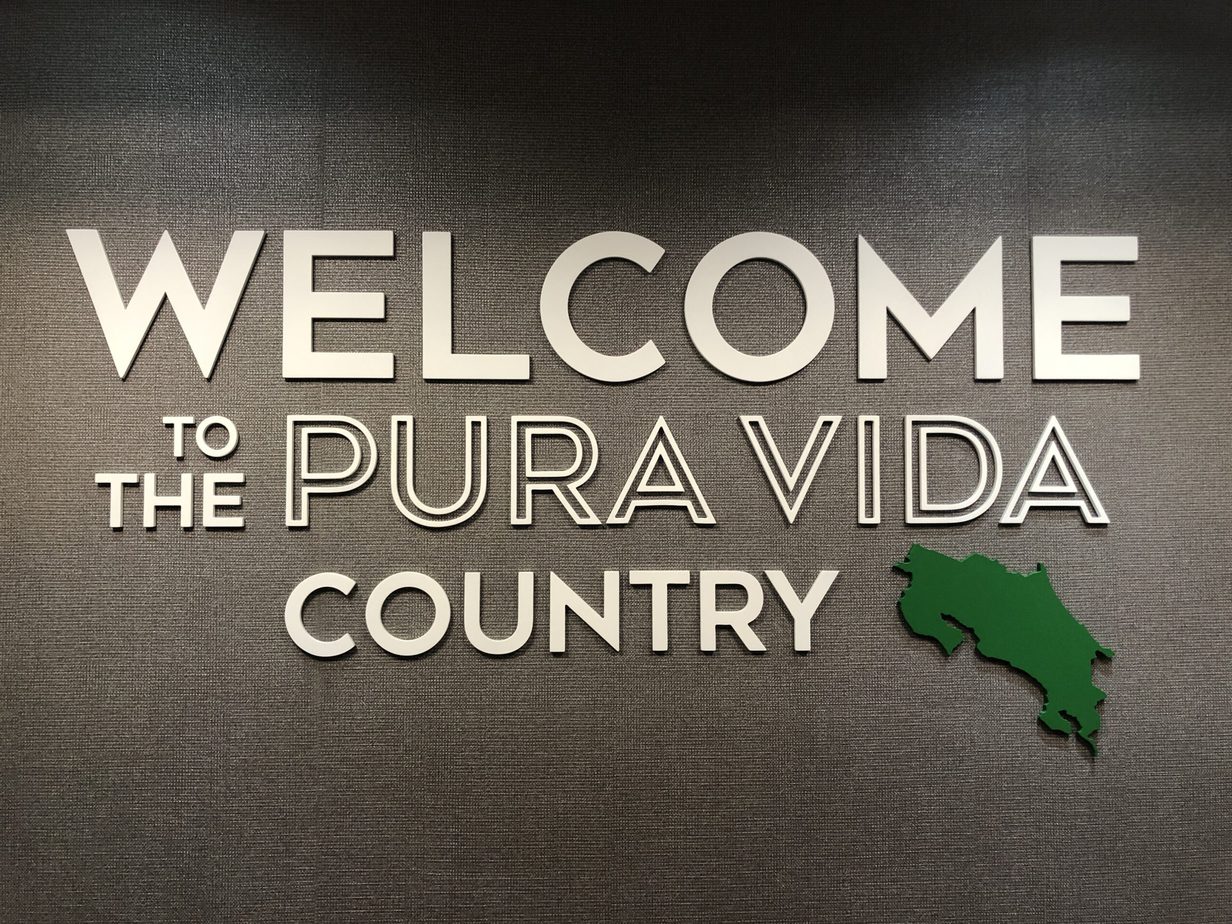
Buses, not busses
Thank you! ~Christa
We just moved to Perez Zeledon from Canada and used Uber and public transit for our first month. Both were good but buses are running less frequently than posted schedules here…maybe a COVID thing?
We found that since all Ticos use WhatsApp, we can drop a location pin there and everyone can find us!
Hello. My husband and I are flying into Liberia and headed to La Fortuna but want to stop at rio celeste for the hike and waterfall first. We will have our luggage in the vehicle but nothing valuable. Do you think it’s safe to park with our luggage in the vehicle? Thanks
I think you will be ok! There are guards there. I wouldn’t leave valuables out in the open and I’d keep your passports and money with you while you hike. Pura vida! ~Christa
Hello,
Is it allowed for a right-hand-drive vehicle of a tourist to enter Costa Rica? (e.g. an English vehicle)
Thank you,
Tamar
Honestly- I am not sure. I think you would want to check with customs on that. It would be a shame to bring it in and then have it tied up in customs while they decide if you can have it or not.